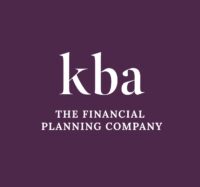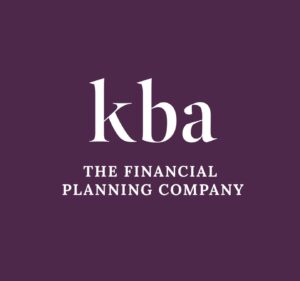These days it’s rare for someone to spend their entire career with a single employer. In fact, government figures have suggested that the average person in the UK now has 11 different jobs during their working life.
A natural consequence of this increased job mobility is that it could leave you with several different pension arrangements. This could be made up of workplace schemes you joined or private arrangements you set up yourself.
Having your retirement savings in different plans with different providers can make it more challenging to manage your finances. If you struggle to keep track of your pension savings, one way to make things easier could be to consolidate your pensions into a single arrangement.
First, work out what pensions you’ve got
Before you decide whether to consolidate your pensions into one plan, start by getting a clear idea of what you have and the provider they are with.
List each of your pension plans and, if you don’t already have one, contact each provider and ask for an up-to-date valuation. For any pensions you’ve lost track of, use the Pension Tracing Service on the government website.
Having all this information immediately to hand and in one place will provide clarity of what you have and who is managing your retirement savings.
This is a useful exercise even if you decide not to consolidate your pensions.
To help you understand whether you could benefit from consolidating your pensions into a single arrangement, here are some pros and cons to consider. Let’s start with the benefits…
Benefits of consolidating your pensions
Keeping track of your pensions will be easier
The exercise discussed above will probably be tedious and time-consuming. Collating paperwork and contact details and calculating the combined amount of savings you have accumulated is unlikely to be straightforward.
If you decide to proceed with consolidating your pensions, in future you’ll only have one provider to keep track of. Plus, a single annual statement detailing your full pension fund will make it far easier to know if you’re on course to achieve the retirement income you desire.
Potential to increase investment options and reduce charges
With multiple pension plans, you’re likely to see differing investment performance. Fees may also differ.
Older plans might have higher charges and fewer investment options.
Consolidating all your pensions into a more modern scheme, with lower charges, more investment choice, and the potential for increased fund performance could see your pension pot grow.
Pensions are a long-term investment, so even a small decrease in overall fees could amount to a significant increase in your pension pot at retirement.
You could gain more control
Modern pension schemes tend to use online portals, providing real-time access to investments.
An online portal will allow you to track the performance of your funds, provide up-to-date valuations, and present options for fund switching.
If you’d like to discuss how your pension investments are performing or understand alternative options for your retirement savings, please get in touch.
Drawbacks of consolidating your pensions
You might pay more tax
The main potential drawback of consolidation is the tax treatment of larger pension pots. When you retire, depending on how you take your benefits, this larger amount could push you into a higher tax bracket.
An uncrystallised fund pension lump sum (UFPLS) is a lump sum payment that you can take from the age of 55. 25% of the lump sum can be paid tax-free but the remainder is taxed as income.
On top of this, HMRC tax the payment on a “month 1” basis. This means that the taxable amount you receive is assumed to be a monthly income. You only receive 1/12th of your true tax allowance and are taxed heavily as a consequence. You can claim the overpaid tax back from HMRC, but this can be a lengthy process.
You may find that keeping small pots – those under £10,000 – is more tax-efficient. This is because you can take up to three small pots as a one-off lump sum (25% of which will be tax-free) without the amount counting towards your Lifetime Allowance (LTA).
You could face multiple transfer charges
Pension schemes, especially older ones, could have exit penalties attached.
If you have multiple older plans, it’s vital to ensure the combined cost of these charges doesn’t outweigh the potential benefits of consolidation.
You could miss out on valuable final salary scheme benefits
If you have a final salary or defined benefit (DB) scheme, transferring is unlikely to be the best course of action.
DB schemes are occupational plans that pay out based on your salary and years of service. They might contain a spouse’s pension, paid to your partner in the event of your death, and have favourable ill-health payment options.
These benefits will only be available if you retire as a member of the scheme and will be lost if you transfer. You’ll need to weigh the cost of these benefits against the comparative gains of transferring.
There are strict rules around final salary pension transfers, so you’ll need to seek expert advice. If you have one of these pension schemes, get in touch and we’ll help you understand your options.
Get in touch
Deciding whether to move all your pensions into one scheme can be a difficult decision. The best course of action will be different for everyone.
If you would like to discuss consolidating your pensions or any other aspect of your retirement planning, get in touch. Email contactme@kbafinancial.com or call us on 01942 889 883.
The value of your investment can go down as well as up and you may not get back the full amount you invested. Past performance is not a reliable indicator of future performance. Levels, bases of and reliefs from taxation may be subject to change and their value depends on the individual circumstances of the investor.
Workplace pensions are regulated by The Pension Regulator.


